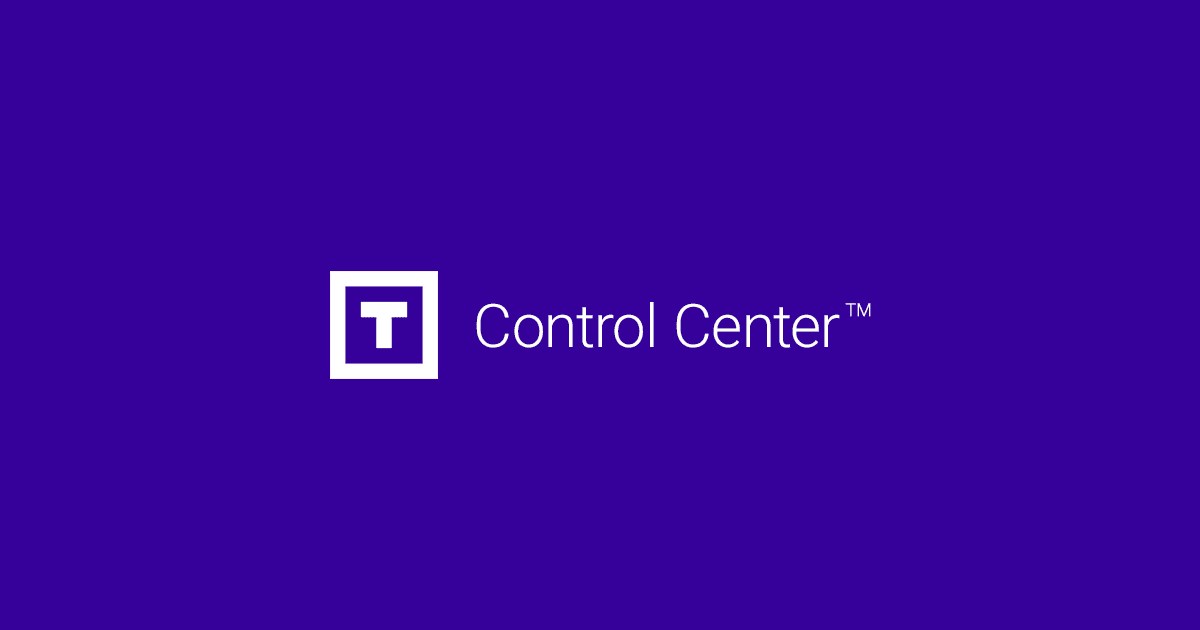
In the relentless race for optimization, companies have embraced technology as their greatest ally. Project management platforms, intelligent CRMs, and data analytics tools promise a future of unprecedented efficiency. However, within this digital ecosystem, a profound paradox has emerged: the very technology designed to empower employees has become a magnifying glass that scrutinizes their every move.
We find ourselves at a critical crossroads: are we using technology to unleash human potential or to control it?
The Dilemma: Measurement vs. Trust
The objective is clear and laudable: to make data-driven decisions. We want to understand what works, where the bottlenecks are, and how we can improve. We measure a support agent's response time, a salesperson's number of interactions, or a developer's lines of code. These KPIs (Key Performance Indicators) are, in theory, the beacons that guide our strategy.
The problem arises when measurement turns into surveillance. When an employee feels that every click, every pause, and every email is being evaluated, the tool ceases to be a support and transforms into a relentless supervisor. This pressure can lead to counterproductive behaviors:
- A focus on quantity, not quality: A salesperson might prioritize making one hundred shallow calls instead of ten meaningful conversations that truly build relationships and close deals.
- Stifling creativity: If a process is rigidly measured, who will dare to experiment with a new, unproven method? Innovation requires a margin for error that micro-measurement eliminates.
- Erosion of trust and engagement: Autonomy is a key driver of motivation. The feeling of being constantly watched undermines trust and turns a job into the mere execution of monitored tasks, stripping away any sense of purpose.
Measuring at All Levels: A Shared Challenge
This paradox doesn’t just affect frontline employees. It extends throughout the entire organizational hierarchy:
- Managers: Measured by their team's productivity, they can fall into the micromanagement trap, pushing to meet metrics that don't always reflect the true value of the work or the team's well-being.
- Directors: Focused on their department's KPIs, they can create silos and optimize their own results at the expense of cross-departmental collaboration, harming the organization as a whole.
Technology gives us unprecedented insight, but data without context is just numbers. They don't tell the whole story.
Towards an Intelligent Balance: Measuring What Matters
Overcoming this paradox doesn't mean abandoning measurement, but redefining it. The goal is not to control, but to empower. To achieve this, organizations must shift towards a more human-centric and strategic approach.
- Radical Transparency: Be clear about what is being measured and, more importantly, why. Explain how that data will help both the employee and the company grow. When people understand the purpose, measurement is perceived as guidance, not judgment.
- Measure Outcomes, Not Just Activities: Instead of obsessing over the number of hours worked or emails sent, focus on impact. Did customer satisfaction increase? Were project goals met with quality? Providing autonomy over the "how" while measuring the "what" fosters accountability and innovation.
- Combine the Quantitative with the Qualitative: Data is the starting point for a conversation, not the end of it. Supplement KPIs with 360° feedback, one-on-one conversations, and qualitative assessments. A number tells you what happened; a person tells you why.
- Use Technology as a Coach, Not a Cop: Position analytics tools as a resource for self-development. Allow employees to access their own data to identify areas for improvement and celebrate their achievements, fostering a culture of continuous growth.
Conclusion: Technology in Service of Talent
True digital transformation doesn't lie in implementing the most advanced software, but in cultivating a culture where technology serves human talent—not the other way around.
The question every leader should ask is not, "How much more can we measure?" but rather, "How can we use what we measure to build a smarter, more autonomous, and ultimately, more human workplace?" The answer to that question will define the companies that thrive in the future.




